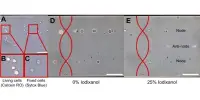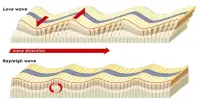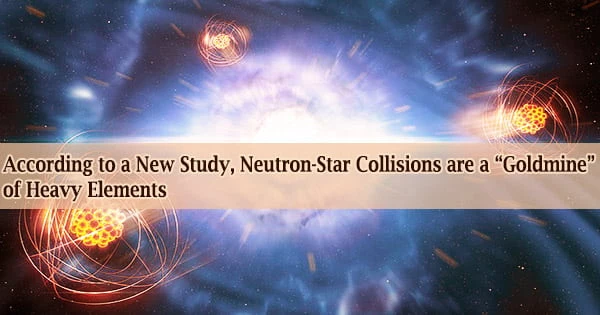Triplons are tricky little things. They are really difficult to observe experimentally. Even then, experiments are typically performed on macroscopic materials, where measurements are presented as an average across the entire sample.
That’s where designer quantum materials offer a unique advantage, says Academy Research Fellow Robert Drost, the first author of a paper published in Physical Review Letters on August 22, 2023.
Researchers may engineer behaviors that aren’t present in naturally occurring compounds using these designer quantum materials, which eventually leads to the realization of exotic quantum excitations.
“These materials are very complex. They give you very exciting physics, but the most exotic ones are also challenging to find and study. So, we are trying a different approach here by building an artificial material using individual components,” says Professor Peter Liljeroth, head of the Atomic Scale physics research group at Aalto University.
Quantum materials are governed by the interactions between electrons at the microscopic level. Quantum correlations give rise to novel electronic states, while these electronic correlations give rise to unique phenomena like high-temperature superconductivity or complex magnetic states.
In the case of two electrons, there are two entangled states known as singlet and triplet states. Supplying energy to the electron system can excite it from the singlet to the triplet state. In some circumstances, this excitation can move through a substance as a triplon, an entanglement wave. Since these excitations are absent from normal magnetic materials, quantifying them in quantum materials has remained a difficult task.
We show that we can create an exotic quantum magnetic excitation in an artificial material. This strategy shows that we can rationally design material platforms that open up new possibilities in quantum technologies.
Professor Jose Lado
The team’s triplon experiments
The group produced an artificial quantum material with peculiar magnetic characteristics in the latest study using tiny organic molecules. Two border electrons are present in each of the cobalt-phthalocyanine molecules employed in the experiment.
“Using very simple molecular building blocks, we are able to engineer and probe this complex quantum magnet in a way that has never been done before, revealing phenomena not found in its independent parts,” Drost says. “While magnetic excitations in isolated atoms have long been observed using scanning tunnelling spectroscopy, it has never been accomplished with propagating triplons.”
“We use these molecules to bundle electrons together, we pack them into a tight space and force them to interact,” continues Drost. “Looking into such a molecule from the outside, we will see the joint physics of both electrons. Because our fundamental building block now contains two electrons, rather than one, we see a very different kind of physics.”
The group observed magnetic excitations in cobalt-phthalocyanine molecules individually first, and then in bigger structures like molecular chains and islands. The researchers want to comprehend emergent behavior in quantum materials by starting with the extremely simple and moving toward increasing complexity.
The team’s ability to show that the singlet-triplet excitations of its building blocks may travel through molecular networks as unusual magnetic quasiparticles known as triplons is what allowed them to publish their paper.
“We show that we can create an exotic quantum magnetic excitation in an artificial material. This strategy shows that we can rationally design material platforms that open up new possibilities in quantum technologies,” says Assistant Professor Jose Lado, one of the study’s co-authors, who heads the Correlated Quantum Materials research group at Aalto University.
In order to create additional exotic magnetic excitations and ordering in quantum materials, the team intends to broaden their strategy to include more sophisticated building components. The intricate physics of correlated electron systems can be better understood through rational design from basic building blocks, which will also create new bases for designer quantum materials.















